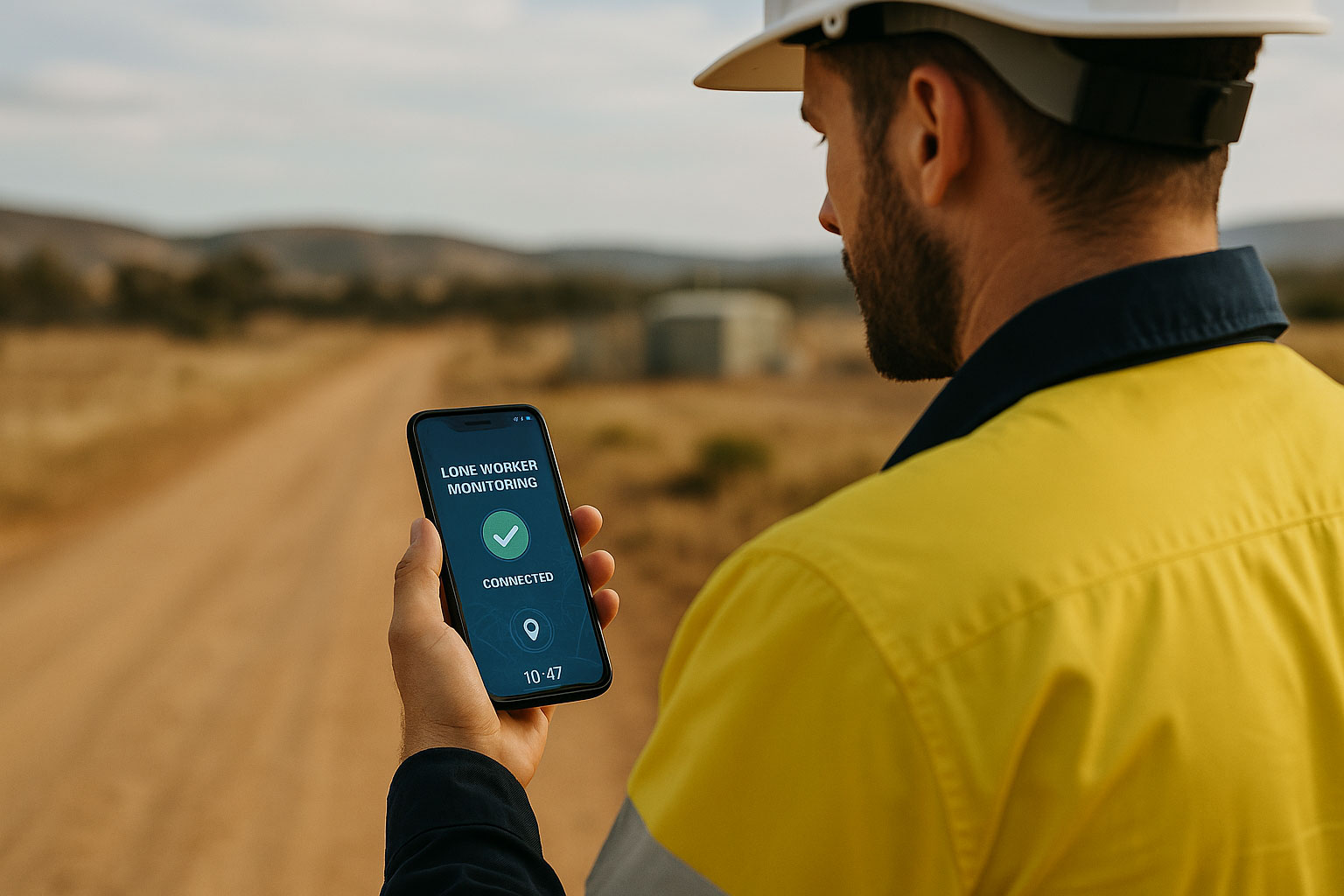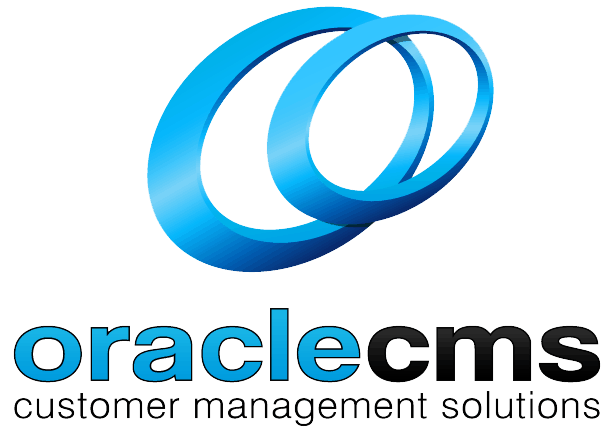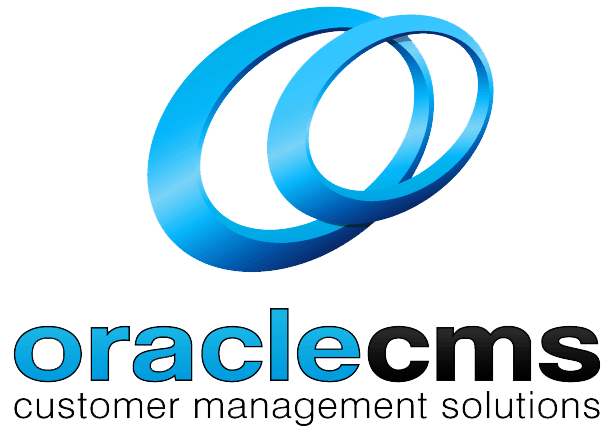
How Lone Worker Monitoring Enhances Employee Confidence and Mental Well-Being
Across Australia, thousands of employees work alone every day, including community nurses, field technicians, security guards, engineers, and many more. These professionals perform essential duties, often in remote areas or during irregular hours. While much attention is given to physical safety, the psychological side of lone work is equally important.
Working in isolation can create a sense of vulnerability. Without immediate access to colleagues or supervisors, lone workers often carry the burden of managing emergencies or uncertainty on their own. This can lead to stress, fatigue, and a feeling of disconnection from the wider team.
Modern lone worker monitoring systems are helping businesses address these issues. They not only provide real-time safety tracking but also offer reassurance and a stronger sense of connection for employees who spend long hours working independently.
The Connection Between Safety and Mental Well-Being
There is a direct link between feeling safe and maintaining good mental health. When workers know that support is available whenever they need it, they feel more confident, focused, and engaged. On the other hand, uncertainty about personal safety can increase anxiety, reduce concentration, and heighten emotional stress.
A sense of security contributes to psychological stability. Employees who trust that they can call for help at any time are better able to concentrate on their work, make clear decisions, and maintain a positive attitude. Over time, this confidence enhances job satisfaction and reduces burnout.
From an organisational standpoint, investing in lone worker monitoring is not just a compliance measure, it’s a mental health initiative. It shows employees that their well-being matters as much as productivity, and that safety is a shared responsibility rather than a personal worry.
Key Features of Lone Worker Monitoring That Support Confidence
Today’s monitoring systems combine practical safety measures with emotional reassurance. Their key features are designed not just to respond to incidents but to prevent them from escalating.
Real-time GPS tracking ensures that a worker’s location is always visible to supervisors or monitoring teams. If an emergency arises, responders can be dispatched immediately without wasting time searching for the person in need.
Check-in timers prompt workers to confirm their safety at regular intervals. If a check-in is missed, the system automatically raises an alert, allowing quick intervention.
Panic alerts give employees a simple way to call for help if they feel threatened or unwell. This instant communication channel can make all the difference in critical moments.
Two-way communication connects workers directly to trained operators or on-site managers. This constant accessibility reduces the sense of isolation and reinforces that someone is always available to assist.
Collectively, these features create an invisible safety net that gives workers peace of mind and enables them to focus on their tasks without unnecessary worry.
Addressing Common Mental Health Risks for Lone Workers
Working alone brings unique psychological pressures that differ from those faced in team environments. Many employees experience feelings of isolation, particularly during night shifts or extended periods away from their base. For others, the unpredictability of fieldwork or the potential for confrontation can cause ongoing stress.
Lone worker monitoring helps reduce these pressures in several ways. Regular contact, even in the form of automated check-ins or brief voice calls, reminds staff that they are part of a larger team. The reassurance that their status is being monitored lessens anxiety and creates a sense of security.
When incidents do occur, the ability to escalate issues quickly prevents prolonged distress. Employees know that help will arrive without delay, and this knowledge fosters emotional stability even in challenging conditions. For many, it’s not just about physical rescue but about knowing they are seen, valued, and supported.
Employers who introduce such systems also send a strong cultural message. They demonstrate that safety and care are built into the organisation’s values, not treated as administrative obligations. This can significantly boost morale and loyalty among staff.
How Organisations Benefit from Confident, Supported Staff
The benefits of monitoring extend well beyond individual workers. Confident and supported employees make better decisions, handle stress more effectively, and maintain higher levels of productivity. When workers feel secure, they engage more openly with supervisors and are more likely to report hazards early.
Reduced stress levels translate to fewer errors and lower absenteeism. Over time, this creates a safer, more stable workforce with stronger teamwork, even in dispersed operations. Employers also gain reputational benefits being known as a responsible and caring organisation improves recruitment and retention.
Furthermore, having clear monitoring protocols helps reduce legal and financial risk. In the event of an incident, detailed records provide evidence of due diligence and a genuine commitment to staff welfare.
The Role of Technology and Human Oversight
While technology forms the foundation of modern monitoring systems, human oversight is what gives them meaning. Automated alerts and location tracking provide precision, but empathy and judgment still come from people.
In many setups, control centre staff respond to alerts, assess the situation, and make real-time decisions about escalation. They may contact emergency services, notify supervisors, or simply reassure the worker that help is on the way. This human interaction reinforces trust and ensures that responses remain appropriate and compassionate.
Employees draw confidence not only from the reliability of the system but also from knowing there are trained professionals watching over them. The combination of automation and empathy creates a balanced safety net, one that protects without feeling intrusive.
Implementing a Supportive Lone Worker Framework
For any organisation, implementing an effective monitoring program involves more than purchasing technology. It requires thoughtful planning, communication, and ongoing engagement.
The first step is risk assessment, identifying which roles involve isolation, remote work, or unpredictable environments. Once the risks are clear, employers can select monitoring tools that suit the specific context, whether that means a mobile app, wearable device, or 24-hour control room service.
Next comes training. Workers need to feel comfortable using the system and understand its purpose. When people see monitoring as a source of protection rather than surveillance, participation increases.
Finally, maintaining open communication is essential. Regular feedback sessions allow staff to share experiences and suggest improvements. The more employees feel included in the process, the more effectively the system contributes to both safety and well-being.
Creating a Culture of Care and Psychological Safety
True workplace safety goes beyond procedures; it’s a reflection of culture. A supportive environment recognises that physical and mental health are intertwined. When organisations combine monitoring systems with regular check-ins, peer connection, and open dialogue, they cultivate genuine psychological safety.
This culture of care must be led from the top. Managers and executives who talk openly about safety, listen to concerns, and act quickly on feedback set the tone for the entire workforce. By treating monitoring as part of an overall well-being strategy, companies replace fear with trust.
The impact is profound. Employees who feel supported are more resilient, more engaged, and more committed to their roles. They know that if something goes wrong, help will be there not only because the system says so, but because their employer genuinely values their welfare.
FAQ’s
Q1: What is lone worker monitoring?
A1: It’s a system that tracks and supports employees who work alone or in isolated areas, offering real-time alerts, GPS location, and emergency communication features.
Q2: How does monitoring improve mental well-being?
A2: It provides reassurance that assistance is always available, which reduces anxiety, builds confidence, and helps workers feel connected to their team.
Q3: Which industries benefit most from lone worker monitoring?
A3: Utilities, healthcare, construction, real estate, and government services use it to protect staff who spend time working independently in the field.
Q4: Is lone worker monitoring only about emergencies?
A4: No. It also supports daily communication, reduces isolation, and fosters a positive mental outlook by strengthening trust between employees and management.
Q5: How can employers introduce these systems responsibly?
A5: By explaining their purpose clearly, providing proper training, and combining technology with human oversight to ensure transparency and empathy.



